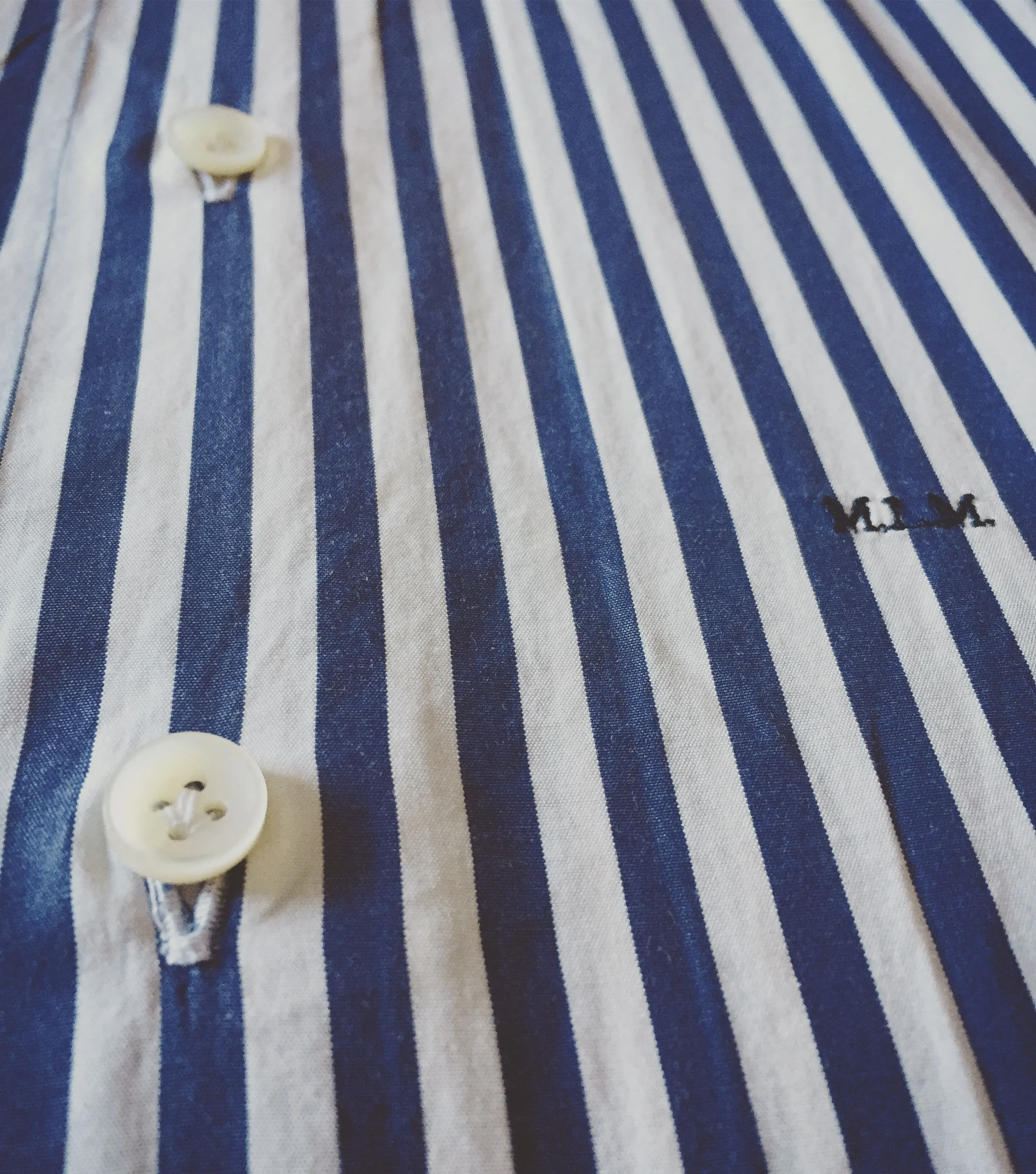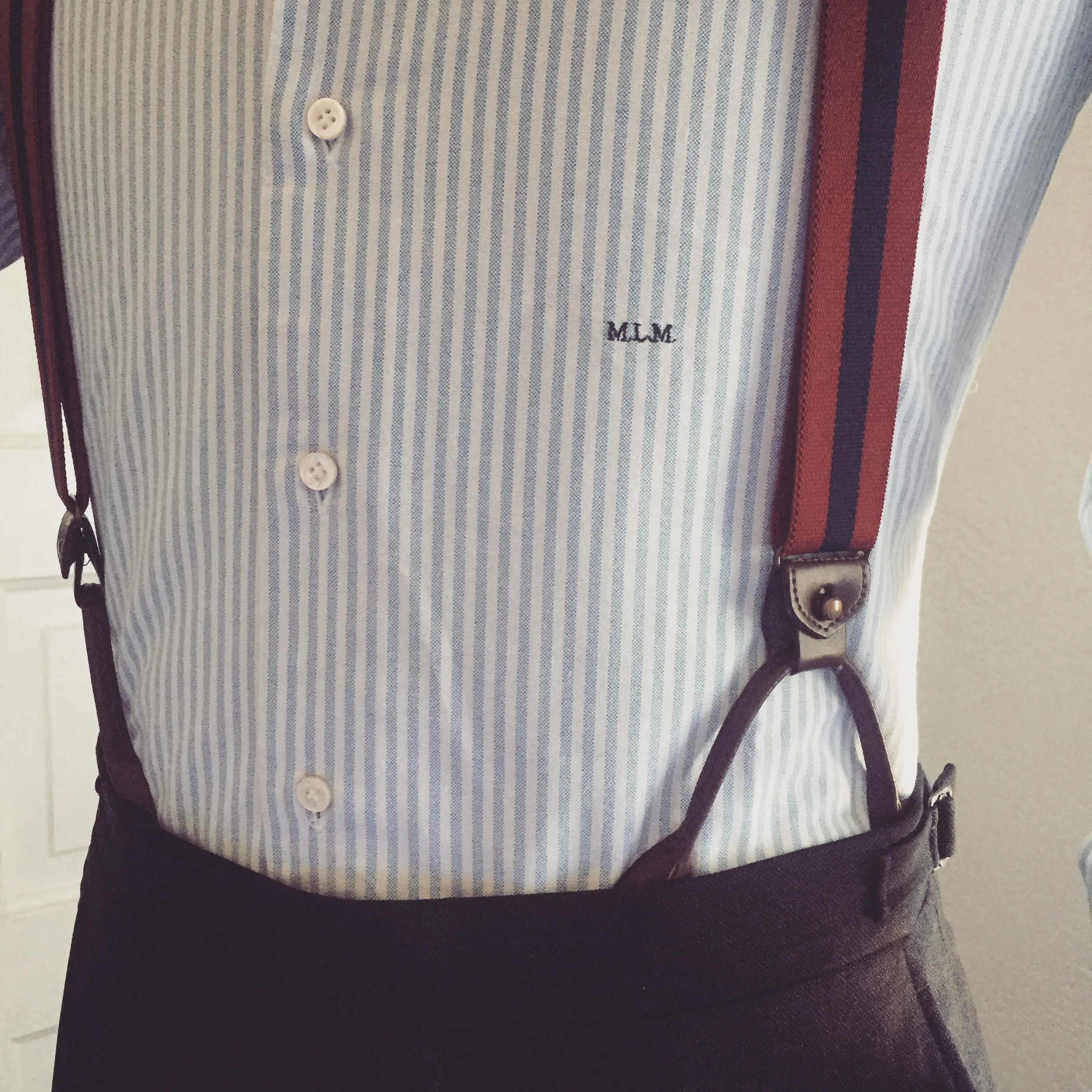Button of Pearl
Usually, when it comes to this blog, I focus on things that are obvious and that make a huge difference in how others will think of you as you interact with them on a day to day basis. Today, I am going to focus on a tiny matter that is interesting and that can make a difference to you personally as you dress each day…BUTTONS!
Few things can frustrate a man as he dresses to start his day like finding a broken button on his nicely pressed shirt. Of course the dry cleaner should have sewn on a new button when yours broke, but they usually do not. And guess what! If that had been a real mother-of-pearl button instead of an imitation, it probably would have made it through the heat and the pressure of the cleaning and pressing process just fine.
Why? What is the difference? What we commonly call mother-of-pearl is called Nacre in science. Nacre has a particular structure that make it really difficult to crack and almost as strong as silicon. Nacre is strong, resilient, and iridescent.
I read a lot of blogs and it seems that most people think a button is a button, with what they are made of being of little importance. For a man’s dress shirts, mother-of-pearl buttons are the traditional standard, but today, many manufacturers use a plastic imitation that looks very similar to a real mother-of-pearl button. On this issue, I think a little education will show that mother-of-pearl buttons are the better choice every time.
In functionality some of those bloggers are correct. Both types of buttons work in the same way. Aesthetically they probably are correct; there are a lot of well made imitations that make it difficult for the majority of people to see the difference. Durability-wise they couldn’t be more wrong! The structure of Nacre, as we said before, is really strong. Real Mother-of-Pearl doesn’t retain as much heat, so if you have your shirt ironed or pressed quite often, this is the button you want.
So, the reason why you want mother-of-pearl buttons is pretty simple, they don’t brake or crack if over heated.
When it comes to recognizing the real mother-of-pearl buttons, there are few tricks that can help you:
1. Real mother-of-pearl is colder to the touch. Grab the button in question and one you’re sure is plastic, and squeeze each between your thumb and forefinger for a few seconds. Then hold them to the back of your hand, one at a time. Mother-of-pearl should feel noticeably cooler than the plastic that has been warmed up by your fingers. Its even easier to feel the difference of heat if you touch them with your lips, though when you do this make sure there is no-one around unless you want to explain why you are kissing buttons. Mother-of-pear does not retain heat.
2. Your tooth can tell you the true. You can gently rub or tap the buttons against your tooth for a definitive answer. Mother-of-pearl has a texture, unlike perfectly smooth plastic, and will feel grittier when rubbed against a tooth. If gently tapped, it also makes a sharper sound, more akin to glass than plastic.
Now that you know the benefits of mother of pearl is up to you if you want to spend a couple of dollars more for sanity in the morning or not.







